Are you one of the millions of people who suffer from low back pain? If so, you know how debilitating it can be, affecting every aspect of your life. It's time to take control and make your home a safe and comfortable sanctuary. In this comprehensive guide, we will walk you through the practical steps to creating an environment that supports your back health.
From choosing the right mattress to ergonomic furniture solutions, we'll explore the key elements of a back-friendly home. You'll learn how to optimize your space and create a layout that promotes good posture and reduces strain on your lower back. We'll also cover lighting, temperature, and noise control, as these factors can greatly impact your overall well-being.

Whether you're dealing with chronic low back pain or want to prevent future issues, this guide will provide you with the knowledge and tools to transform your home into a haven of relief. It's time to prioritize your comfort and take the necessary steps towards a pain-free lifestyle.
Understanding low back pain
Low back pain is a common condition that affects people of all ages and lifestyles. It can be caused by a variety of factors, including physical strain, poor posture, and underlying medical conditions. Understanding the root cause of your pain is crucial in order to effectively manage and prevent further discomfort.
One of the most common causes of low back pain is muscle strain. This can occur from lifting heavy objects, sudden movements, or even poor posture over time. Another common cause is a herniated disc, which happens when the soft cushion-like structure between your vertebrae bulges or ruptures. Other conditions, such as arthritis or spinal stenosis, can also contribute to low back pain.
To better understand your specific condition, it's important to consult with a healthcare professional who specializes in back pain. They can perform a thorough examination and order any necessary tests to determine the underlying cause of your pain. Once you have a clear understanding of your condition, you can take the necessary steps to create a home environment that supports your back health.
The importance of a safe and comfortable home environment
Creating a safe and comfortable home environment is essential for low back pain sufferers. Your home should be a place where you can relax and find relief from your symptoms. By making a few simple changes to your living space, you can greatly reduce the strain on your lower back and promote healing.
One key aspect of a back-friendly home is the design of your workspace. If you spend a significant amount of time sitting at a desk or working on a computer, it's important to create an ergonomic setup that supports good posture. This includes having a chair with proper lumbar support, a desk at the correct height, and a monitor positioned at eye level. Additionally, incorporating standing breaks and stretches throughout the day can help alleviate stress on your back muscles.
Another important consideration is your mattress and pillows. A supportive mattress that is neither too firm nor too soft can help maintain proper spinal alignment while you sleep. It's also recommended to use pillows that provide adequate support for your neck and lower back. Investing in a high-quality mattress and pillows can make a significant difference in your overall comfort and sleep quality.
The role of grab bars in preventing low back pain
Low back pain can be caused by a variety of factors. Poor posture, muscle strains, herniated discs, and arthritis are just a few of the common causes. Additionally, certain risk factors, such as obesity, sedentary lifestyle, and aging, can increase the likelihood of developing low back pain.
It's essential to understand the underlying causes of your low back pain to effectively manage and prevent further discomfort. While grab bars may not address the root causes of low back pain, they play a crucial role in minimizing the strain on your back and reducing the risk of falls and injuries.
Benefits of using grab bars for low back pain sufferers
Grab bars act as a reliable support system, helping individuals with low back pain maintain proper posture and balance. By providing a stable handhold, grab bars reduce the need to rely solely on your back muscles, thus alleviating strain and preventing exacerbation of pain.
When strategically placed throughout your home, grab bars offer support in areas where you may experience increased pressure on your low back. For example, having a grab bar near your bed can assist with getting in and out of bed without straining your back. Similarly, installing grab bars in the bathroom can aid in sitting down and standing up from the toilet, as well as getting in and out of the shower or bathtub.
Designing an ergonomic workspace
Designing an ergonomic workspace is crucial for low back pain sufferers who spend a significant amount of time sitting or working on a computer. By making a few simple adjustments, you can greatly reduce the strain on your lower back and promote good posture.
Start by choosing a chair that provides proper lumbar support. Look for a chair with an adjustable backrest that can be positioned to support the natural curve of your spine. Additionally, make sure the chair is at the correct height so that your feet are flat on the floor and your knees are at a 90-degree angle.
Next, consider the height and position of your desk. Ideally, your desk should be at a height that allows your elbows to rest comfortably at a 90-degree angle while typing. This will help prevent unnecessary strain on your shoulders and upper back.
In addition to proper seating and desk height, it's important to position your computer monitor at eye level. This will help keep your neck in a neutral position and prevent strain on your cervical spine. If necessary, use a monitor stand or a stack of books to elevate your monitor to the correct height.
Remember to incorporate standing breaks and stretches throughout the day to give your back a break from prolonged sitting. Set a timer or use a reminder app to prompt you to get up and move around every hour. Use this time to stretch your back, shoulders, and neck to relieve tension and promote blood circulation.
By implementing these ergonomic adjustments to your workspace, you can significantly reduce the strain on your lower back and promote good posture throughout the day.
Choosing the right mattress and pillows
Choosing the right mattress and pillows is crucial for low back pain sufferers. A supportive mattress and pillows can help maintain proper spinal alignment while you sleep and reduce the risk of waking up with increased pain and stiffness.
When selecting a mattress, it's important to find a balance between support and comfort. A mattress that is too firm can put excessive pressure on certain areas of your body, while a mattress that is too soft may not provide adequate support. Look for a medium-firm mattress that contours to the natural curves of your body and provides support for your lower back.
In addition to a supportive mattress, it's important to choose pillows that are designed to provide proper spinal alignment. For back sleepers, a pillow that supports the natural curve of your neck and keeps your head in line with your spine is recommended. Side sleepers should look for a pillow that fills the gap between their neck and shoulder to maintain proper alignment. Stomach sleepers should opt for a thin pillow or no pillow at all to avoid straining the neck and lower back.
Investing in high-quality bedding and pillows is an investment in your overall comfort and sleep quality. Take the time to research and test different options to find the perfect combination that supports your specific needs.
Creating a supportive seating area
Creating a supportive seating area is essential for low back pain sufferers who spend a significant amount of time sitting. Whether it's in your living room or home office, having furniture that promotes good posture and provides adequate support can make a world of difference in your comfort levels.
Start by choosing a chair that has proper lumbar support. Look for a chair with an adjustable backrest that can be positioned to support the natural curve of your spine. Additionally, make sure the chair is at the correct height so that your feet are flat on the floor and your knees are at a 90-degree angle.
If you prefer a more relaxed seating option, consider adding a recliner or an ergonomic chair that allows you to recline without straining your lower back. Look for a chair with built-in lumbar support and adjustable features that allow you to find the most comfortable position for your back.
In addition to supportive chairs, consider incorporating additional support with cushions or lumbar rolls. These can be placed behind your lower back to provide extra support and maintain proper spinal alignment while sitting.
Remember to take regular breaks from sitting and incorporate movement and stretches into your daily routine. Sitting for prolonged periods can put excessive strain on your lower back, so it's important to get up and move around every hour. Use this time to stretch your back, hips, and legs to relieve tension and promote blood circulation.
By creating a supportive seating area, you can greatly reduce the strain on your lower back and promote good posture throughout the day.
Incorporating regular exercise and stretching
Regular exercise and stretching are essential for low back pain sufferers. Not only can they help alleviate pain and stiffness, but they can also strengthen the muscles that support your spine and reduce the risk of future injuries.
When it comes to exercise, it's important to choose activities that are low-impact and gentle on your back. Walking, swimming, and cycling are all excellent options that provide cardiovascular benefits without putting excessive strain on your lower back. Yoga and Pilates are also great choices, as they focus on strength, flexibility, and core stability.
In addition to cardiovascular exercise, it's important to incorporate specific exercises that target the muscles in your lower back and core. Strengthening these muscles can help provide stability and support for your spine, reducing the risk of further injury. Consult with a physical therapist or a certified fitness professional to create a personalized exercise program that suits your specific needs and abilities.
Stretching is equally important in maintaining flexibility and preventing muscle imbalances. Incorporate gentle stretching exercises into your daily routine to relieve tension and promote mobility in your back and hips. Focus on stretches that target the hamstrings, hip flexors, and lower back muscles.
Remember to listen to your body and start slowly. If you experience any pain or discomfort during exercise or stretching, stop immediately and consult with a healthcare professional. They can provide guidance and ensure you are performing the exercises correctly to avoid further injury.
Managing stress and promoting relaxation
Managing stress and promoting relaxation are crucial aspects of creating a pain-free home environment for low back pain sufferers. Stress can contribute to muscle tension and exacerbate pain, so finding healthy coping mechanisms is essential.
One of the most effective ways to manage stress is through relaxation techniques such as deep breathing, meditation, and mindfulness. These practices can help calm the mind and relax the body, reducing muscle tension and promoting overall well-being. Incorporate these techniques into your daily routine, especially during times of increased stress or pain.
Creating a calming environment in your home can also help promote relaxation and reduce stress levels. Consider incorporating elements such as soft lighting, soothing music, and aromatherapy to create a serene atmosphere. Make your bedroom a sanctuary by removing any distractions and creating a peaceful space for rest and relaxation.
In addition to relaxation techniques, it's important to prioritize self-care activities that promote overall well-being. This can include activities such as taking warm baths, practicing gentle yoga or stretching, reading, or engaging in hobbies that bring you joy and relaxation. Find what works best for you and make it a priority in your daily routine.
Seeking professional help and support
If you're dealing with chronic low back pain, it's important to seek professional help and support. A healthcare professional who specializes in back pain can provide a thorough evaluation, diagnose any underlying conditions, and recommend appropriate treatment options.
Depending on the severity and underlying cause of your pain, treatment options may include physical therapy, medication, injections, or in some cases, surgery. A healthcare professional can guide you through the various treatment options and help you make an informed decision based on your specific needs and goals.
In addition to medical treatment, support groups and online communities can provide a valuable source of support and encouragement. Connecting with others who are going through similar experiences can help you feel understood and provide a platform to share tips and strategies for managing low back pain.
Remember, you don't have to face low back pain alone. Reach out to healthcare professionals and support networks to get the help you need and deserve.
Conclusion: Creating a pain-free home environment for low back pain sufferers
In conclusion, creating a safe and comfortable home environment is essential for low back pain sufferers. By understanding the causes of low back pain and making a few simple changes to your living space, you can greatly reduce the strain on your lower back and promote healing.
Designing an ergonomic workspace, choosing the right mattress and pillows, and creating a supportive seating area are all key elements of a back-friendly home. Incorporating regular exercise and stretching, managing stress, and seeking professional help and support are equally important in managing and preventing low back pain.
Remember, everyone's journey with low back pain is unique, and it may take time to find the perfect combination of strategies and treatments that work for you. Be patient and persistent, and don't hesitate to seek professional guidance along the way.
By prioritizing your comfort and taking the necessary steps towards a pain-free lifestyle, you can transform your home into a haven of relief and support for your back health.


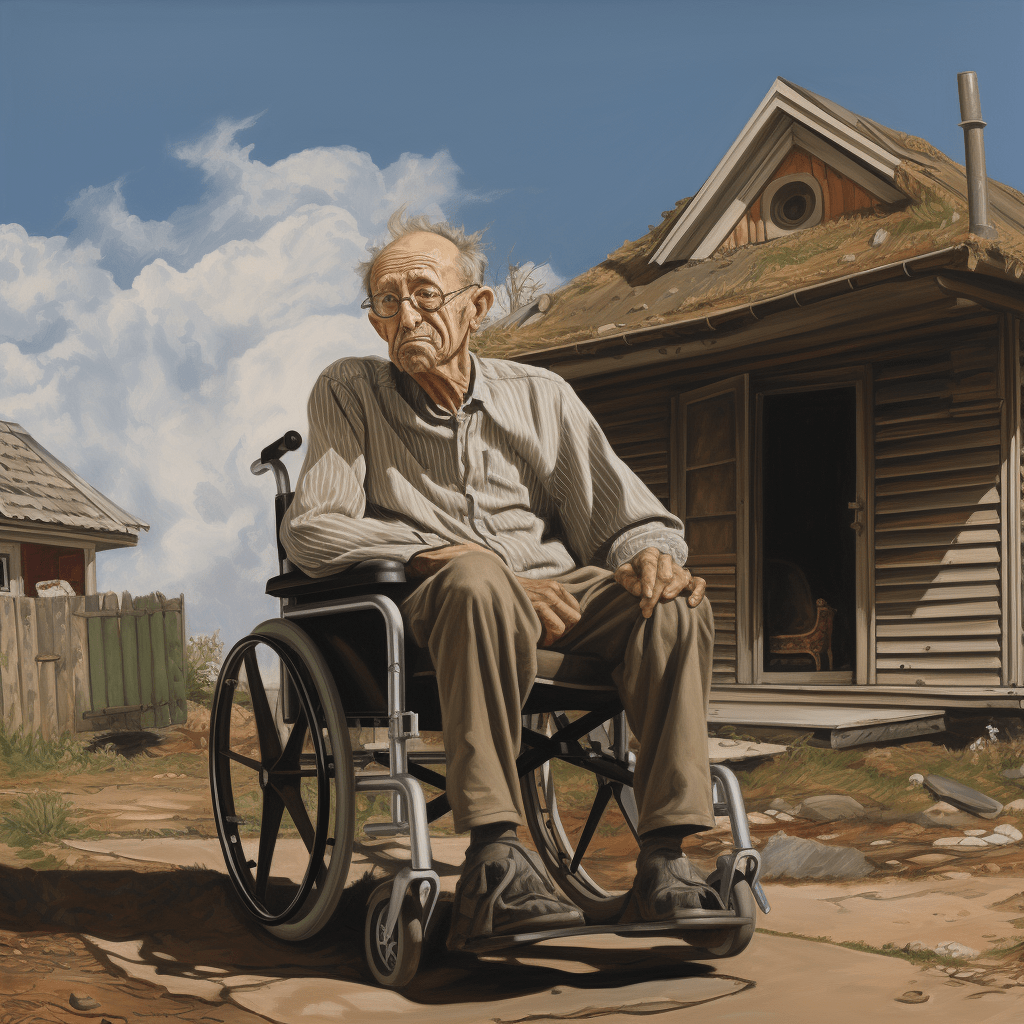

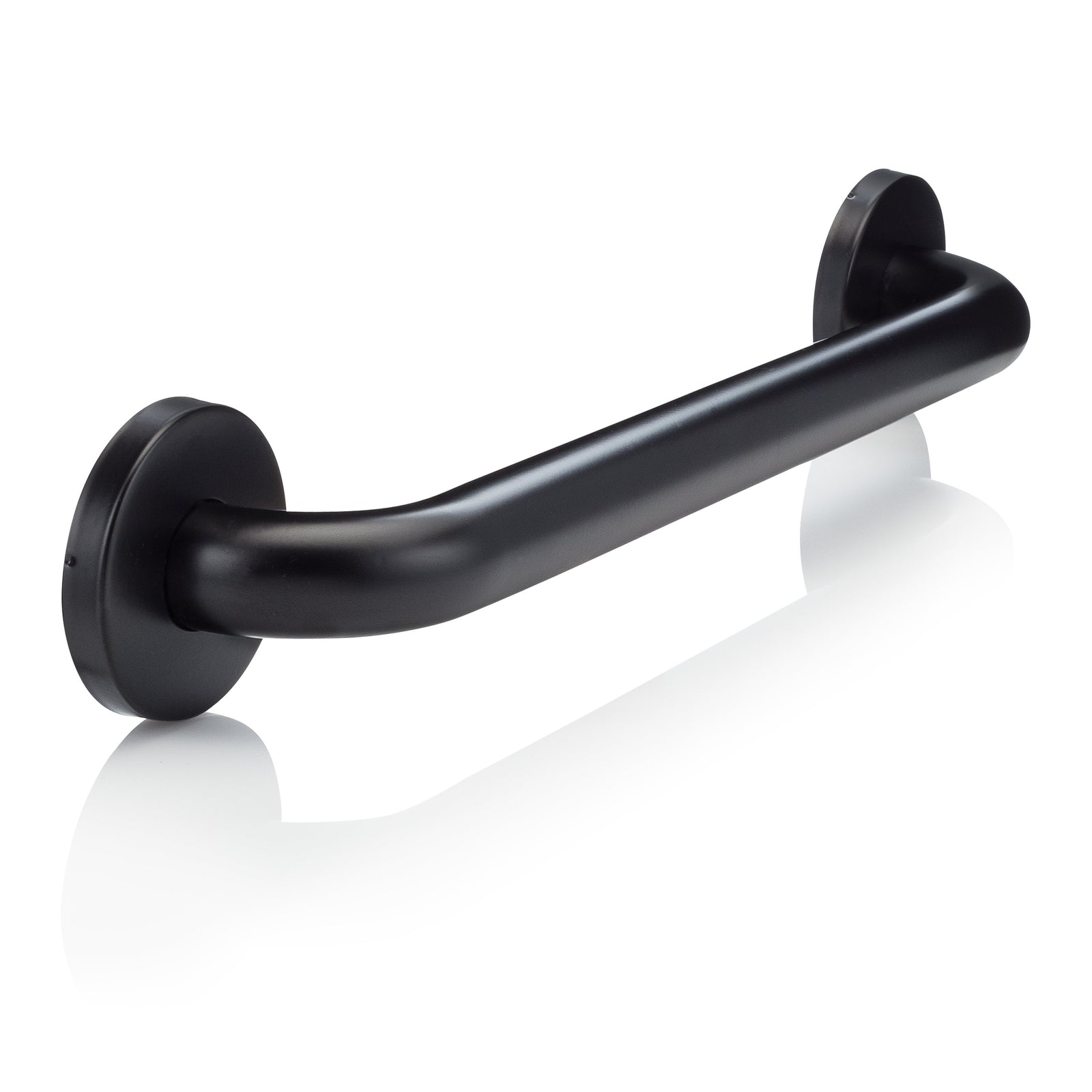
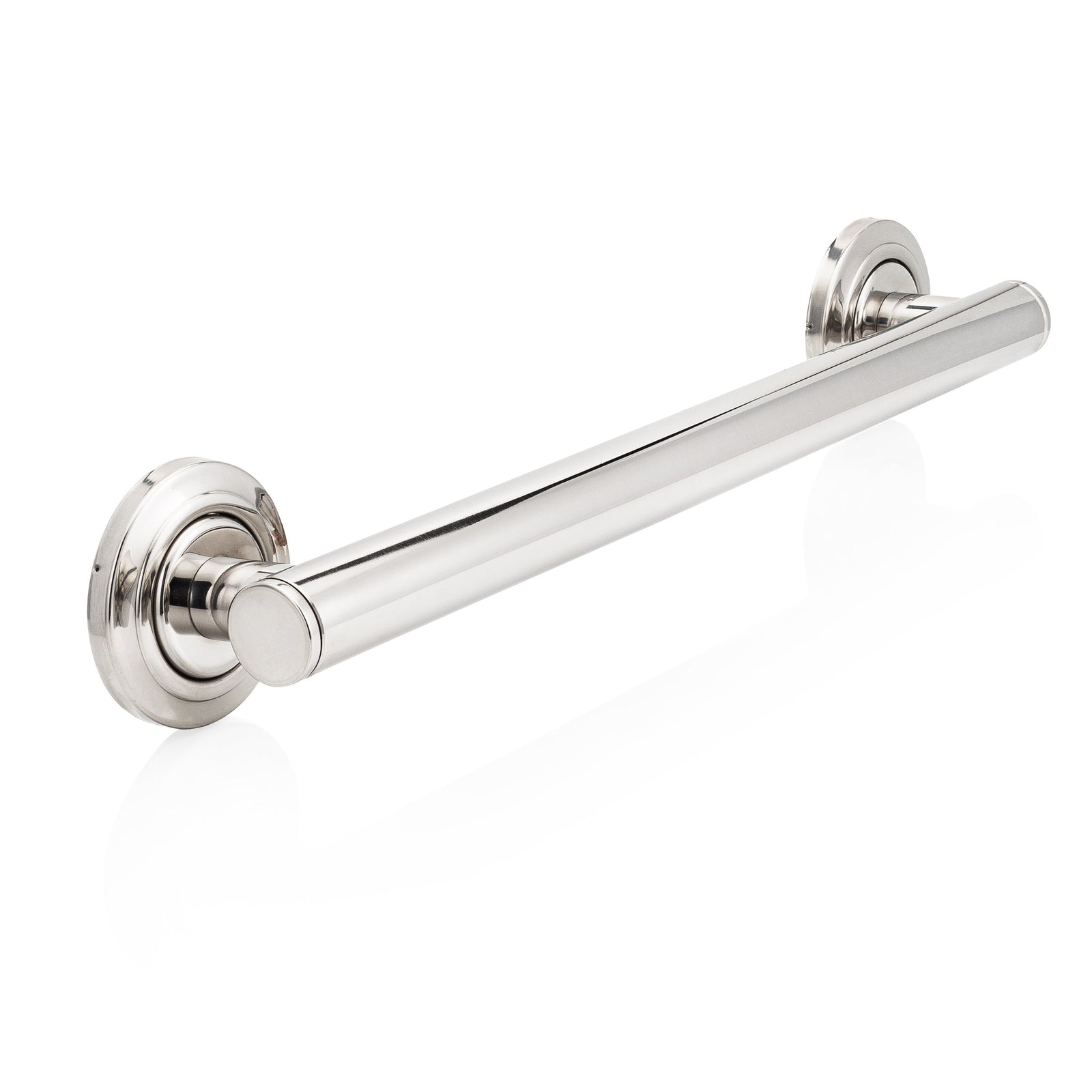
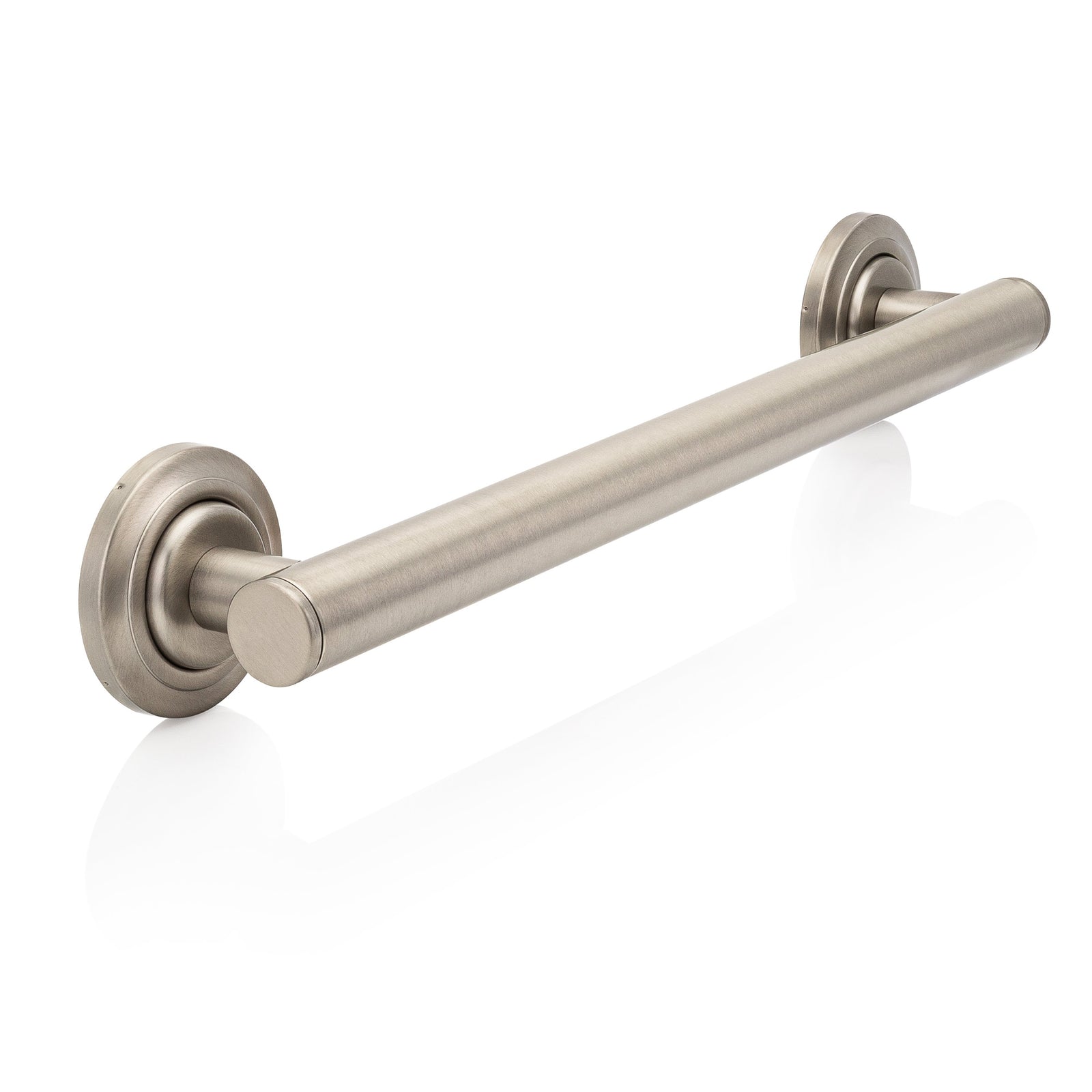
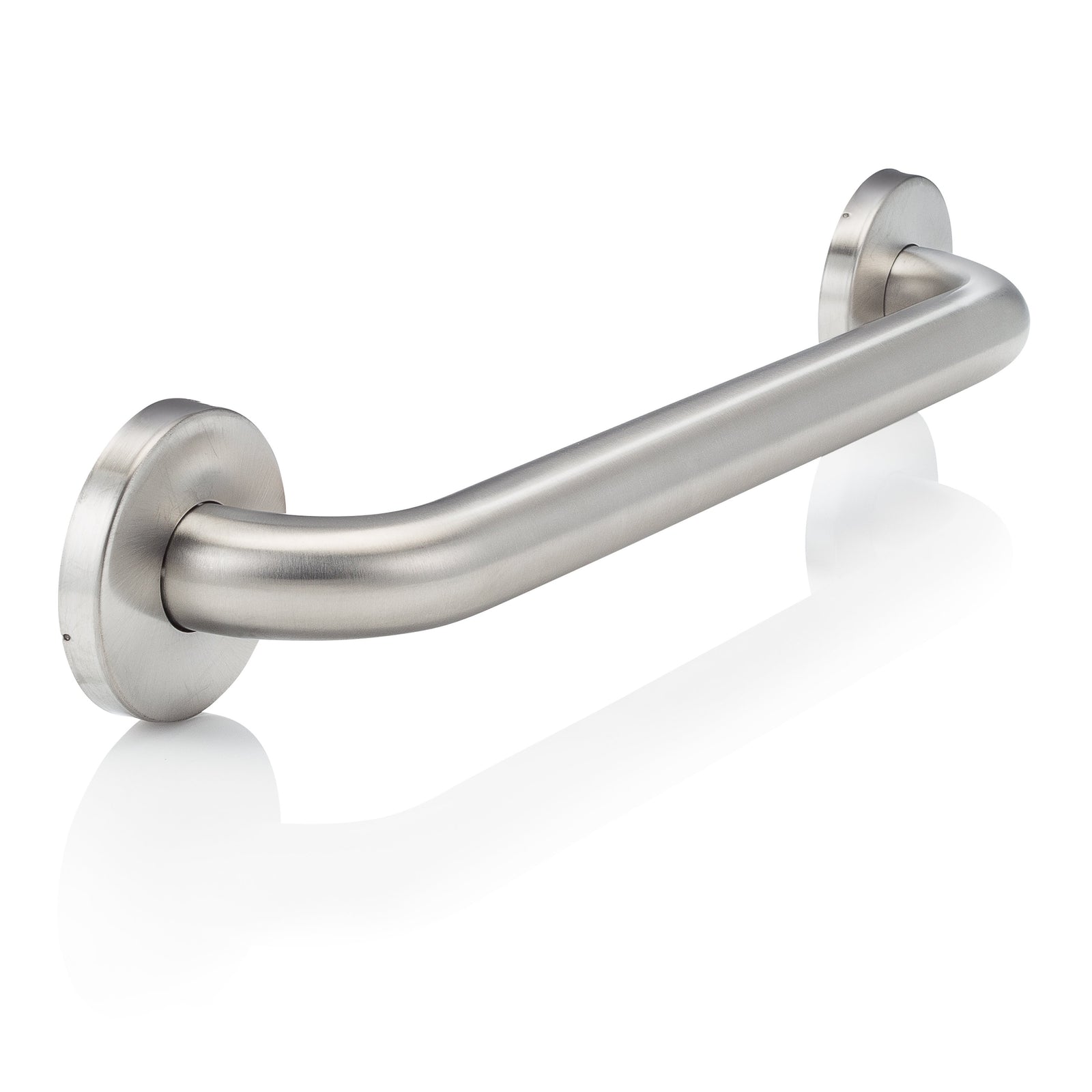
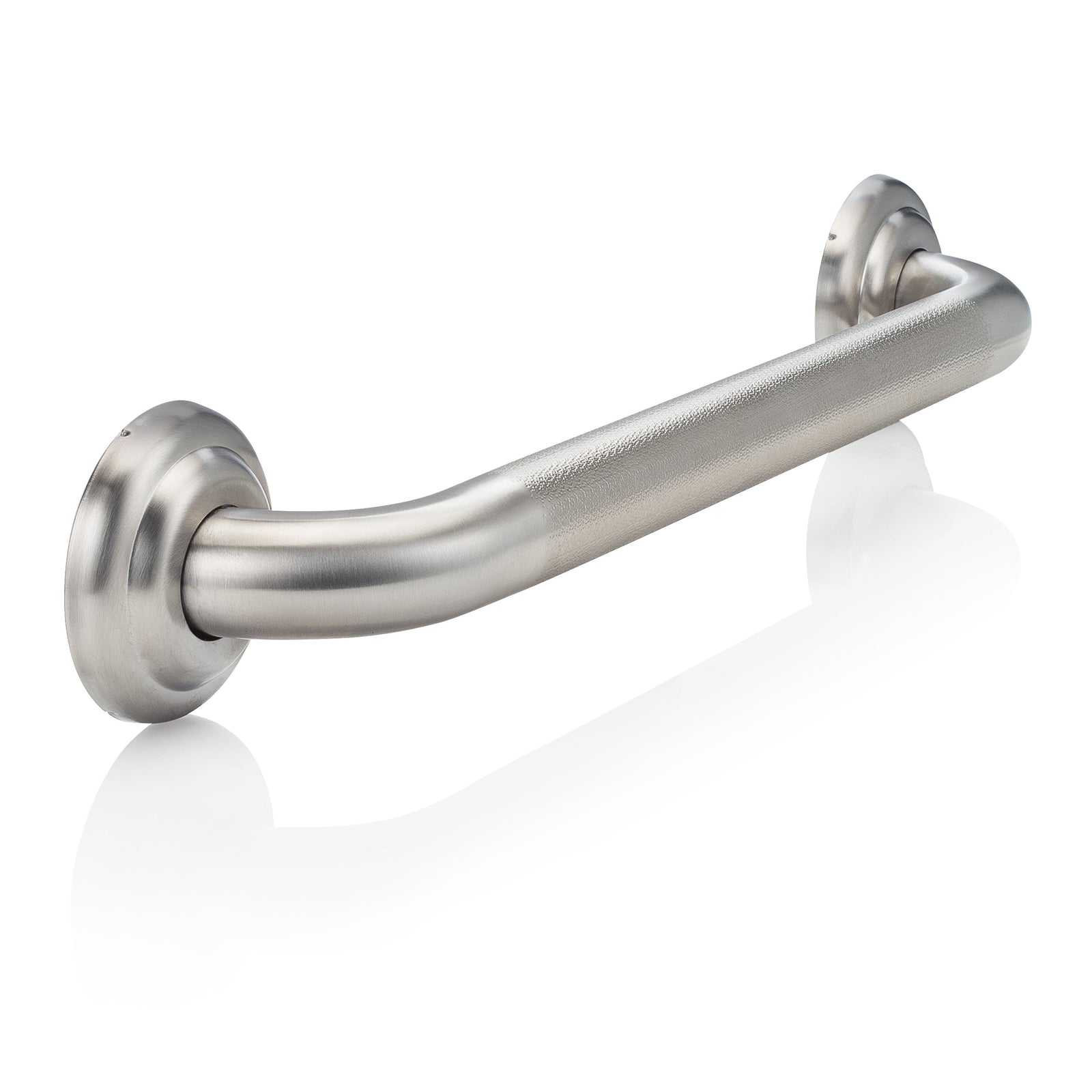
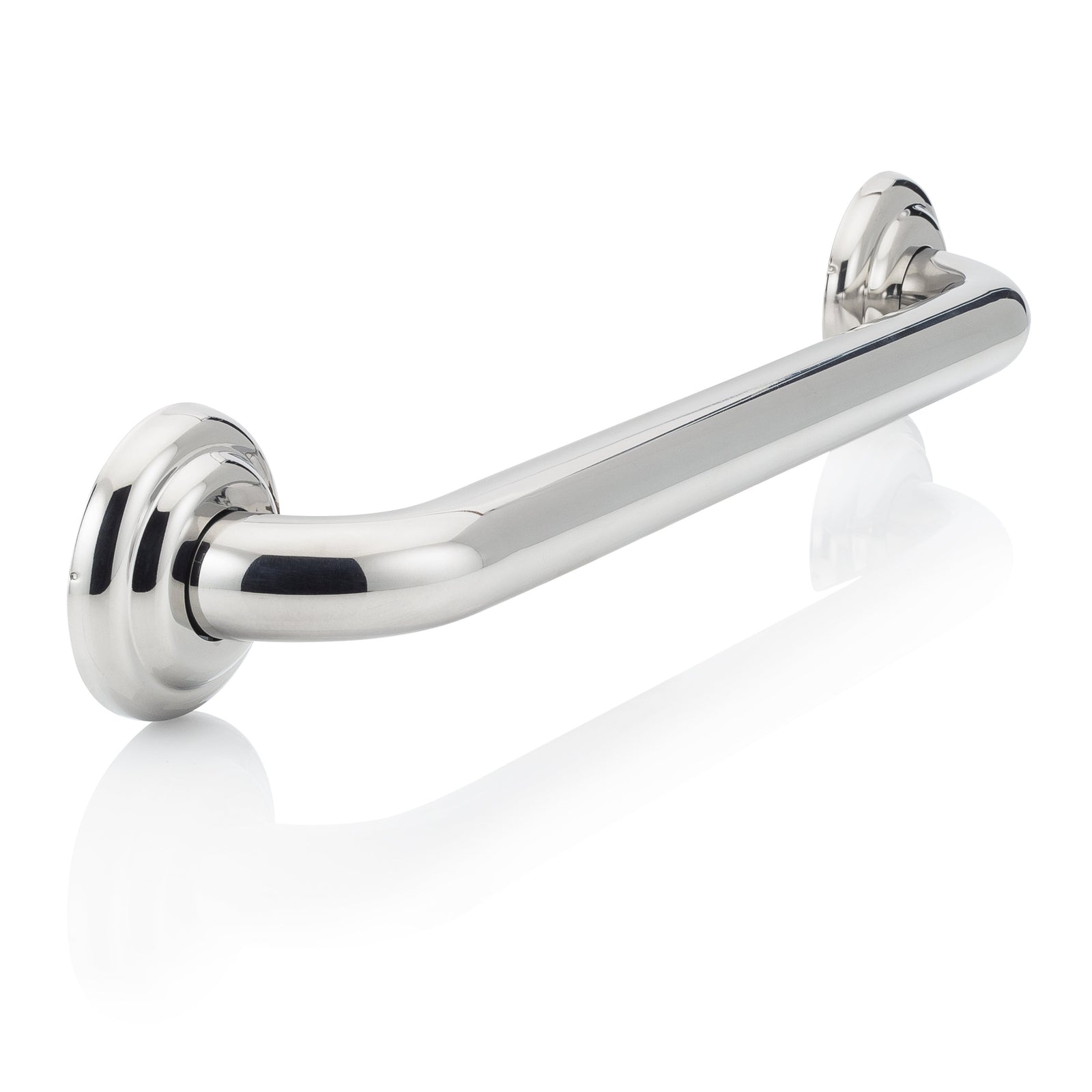
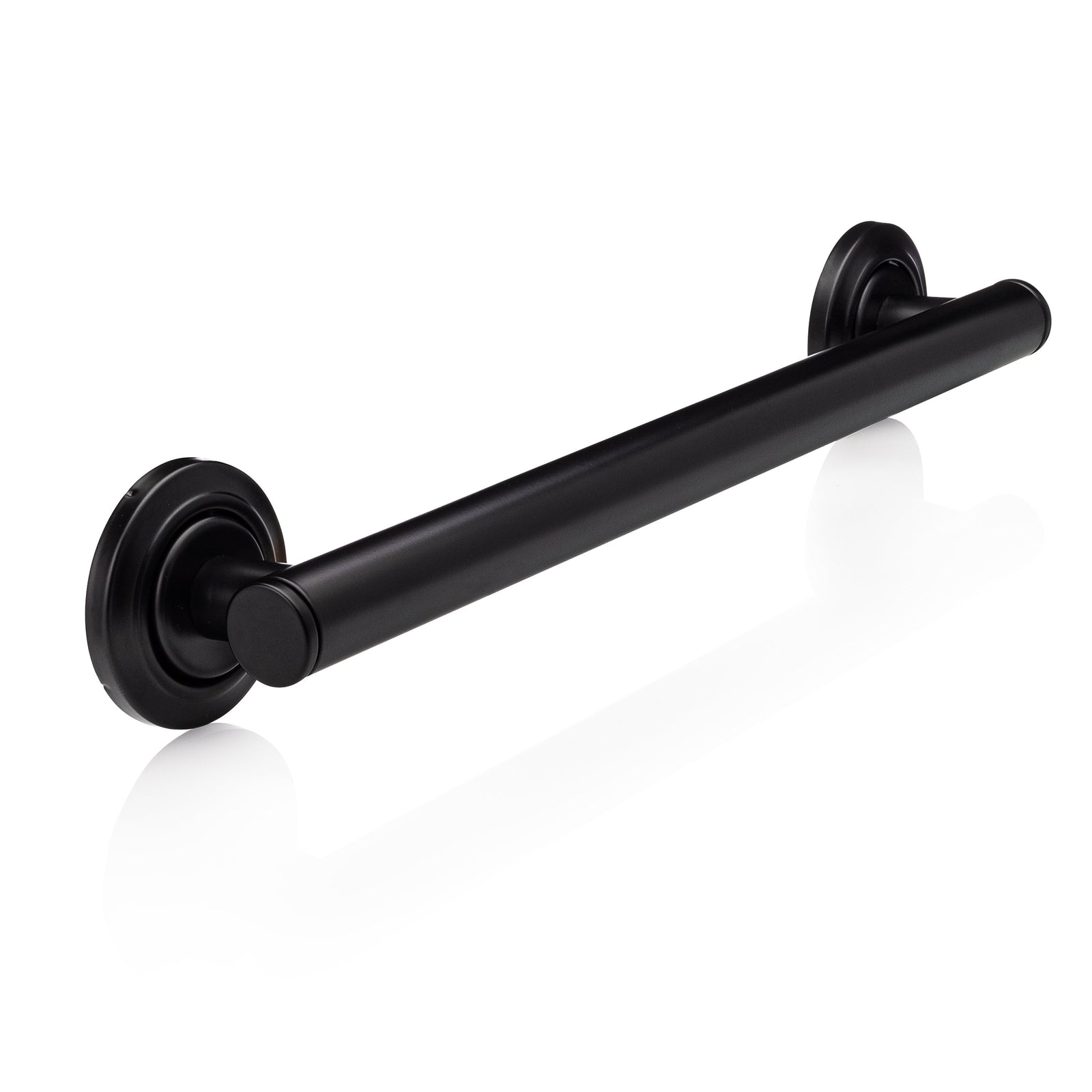
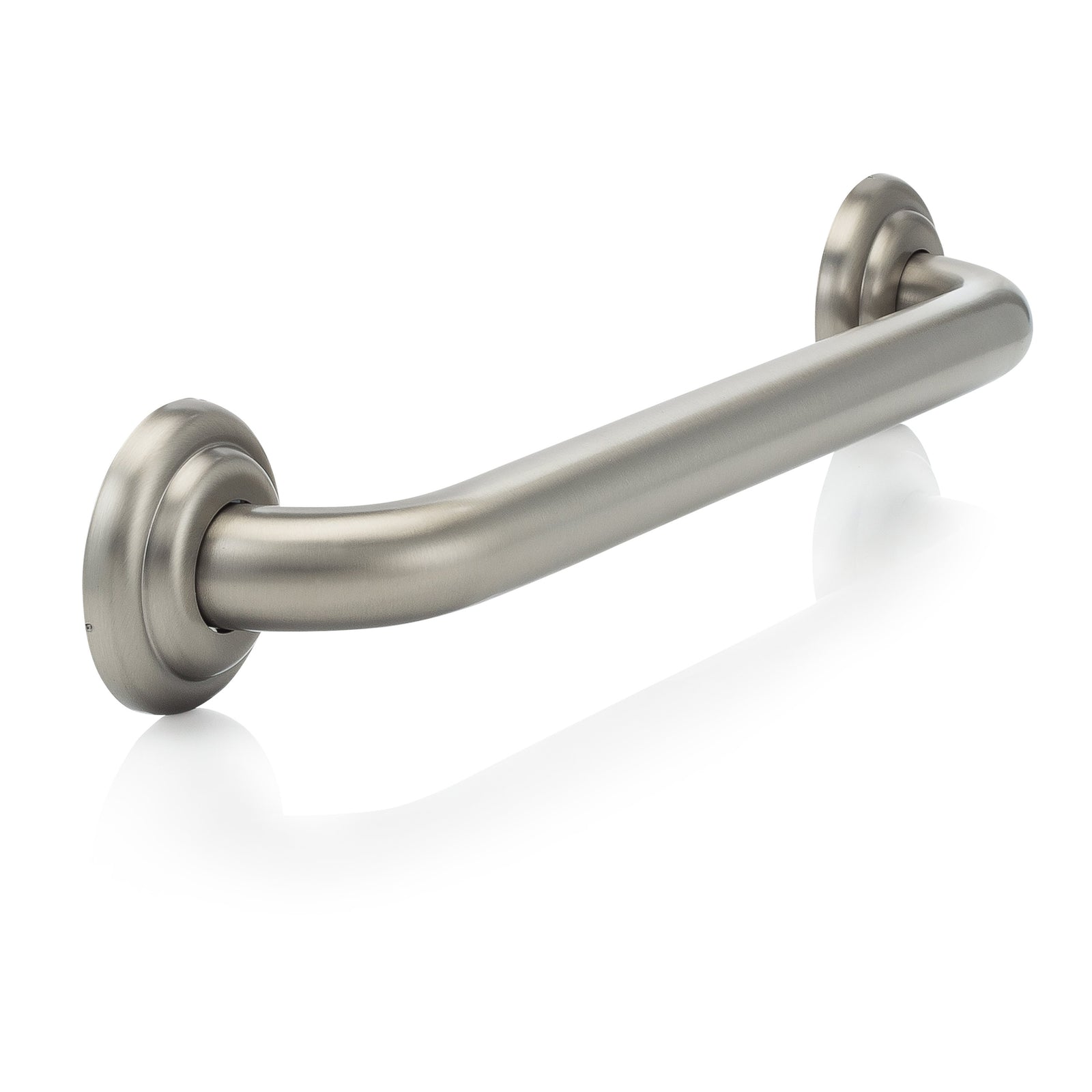
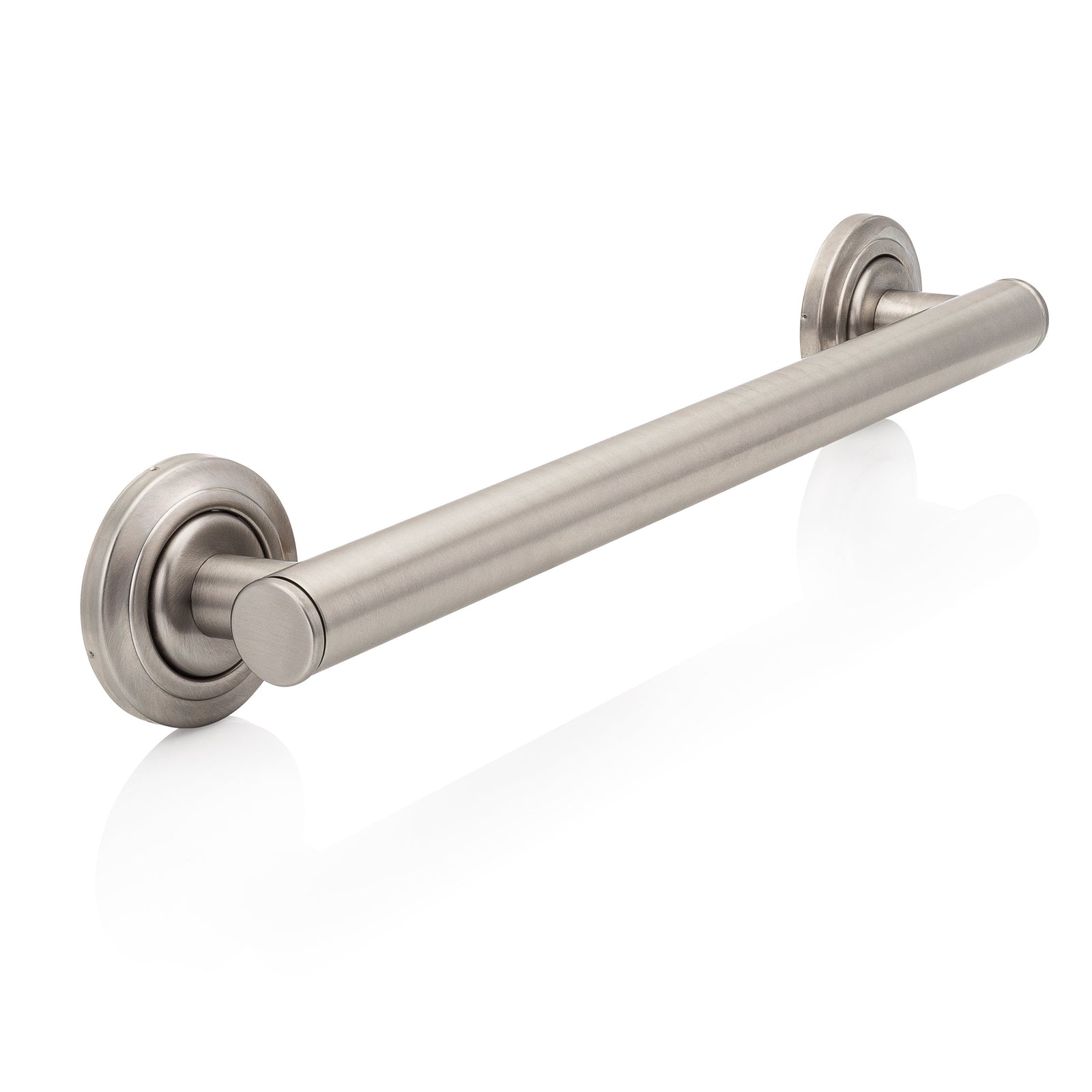
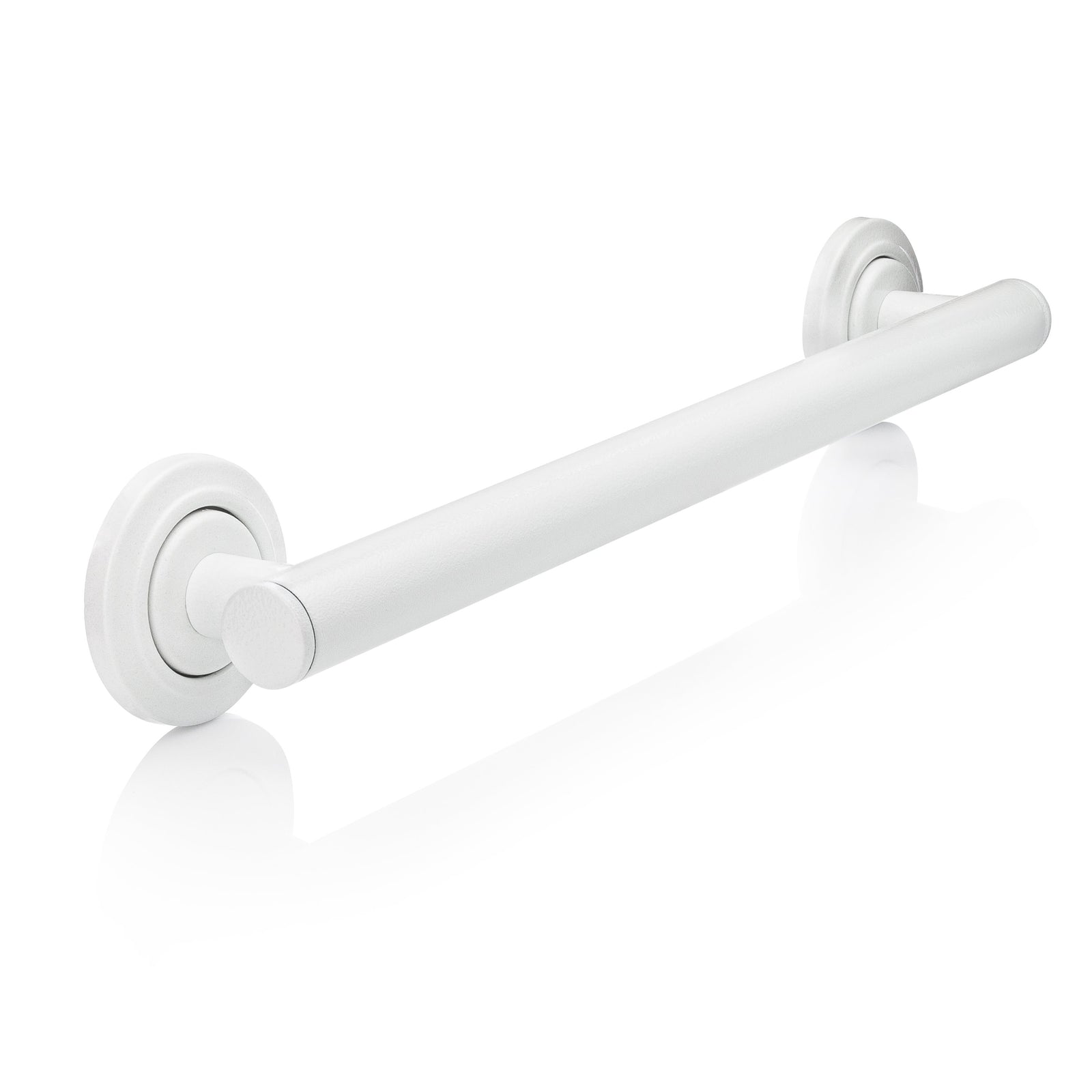
Leave a comment (all fields required)